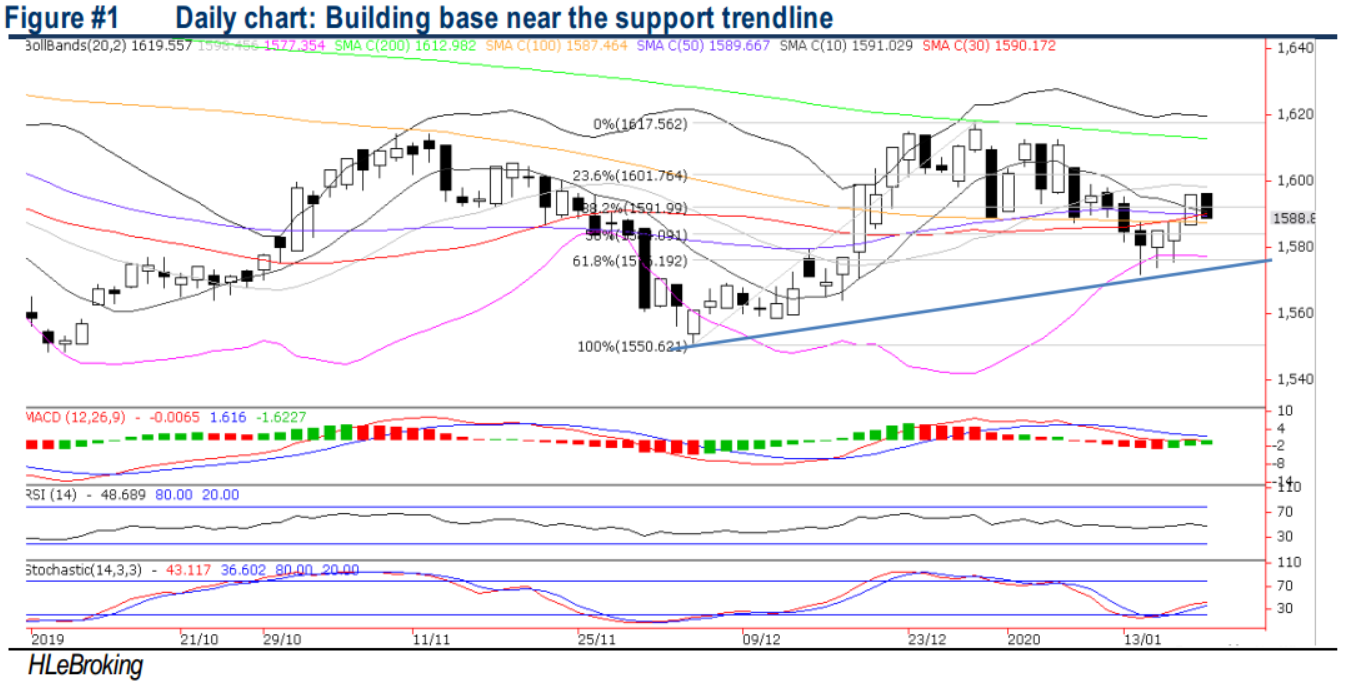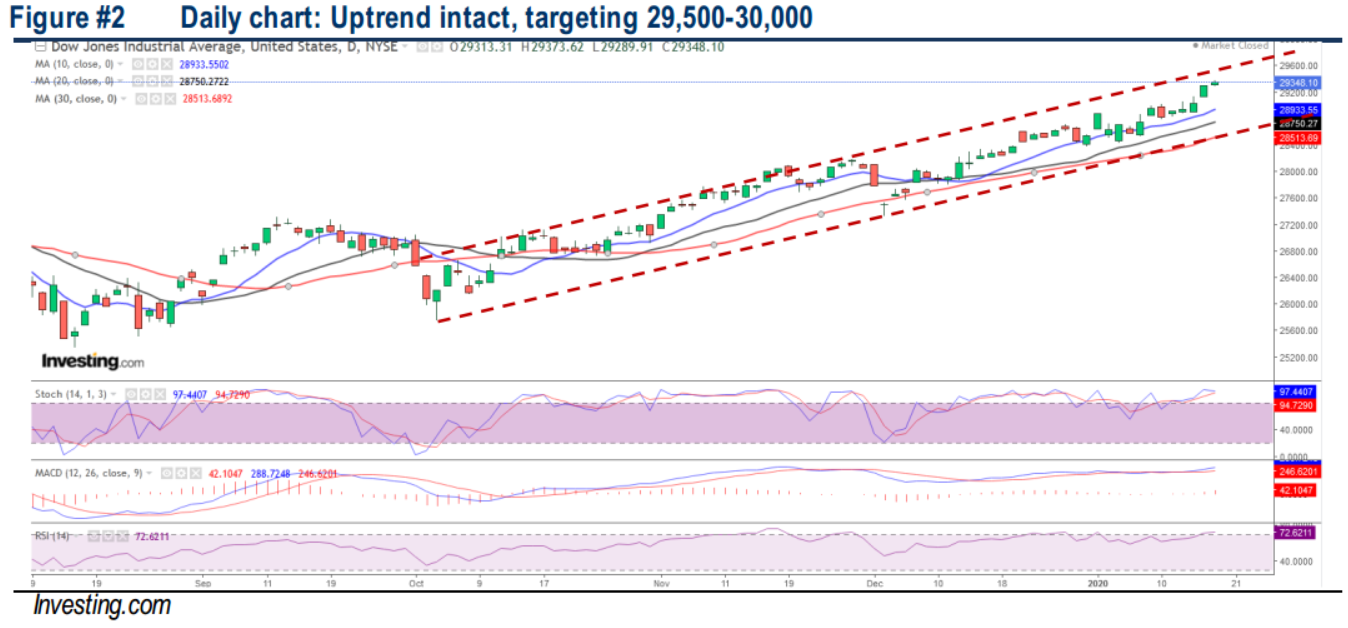Traders Brief - Sideways Ahead of Long CNY Holidays
HLInvest
Publish date: Tue, 21 Jan 2020, 09:57 AM
MARKET REVIEW
Most Asian markets ended steadier as investors re-calibrate their excitement of the easing US China trade tensions (after the trade deal signing), receding pessimism over the global economy (after China reported a 6.1% GDP growth in 2019) and hopes rose for more stimulus measures by China to maintain a minimum 6% growth for 2020.
Bucking higher regional markets and another record close on the Dow, KLCI fell 6.8 pts to 1588.9, as sentiment was clouded by PH’s defeat in Kimanis by-election on 18 Jan, given the already murky domestic politics. Ahead of the long CNY holidays, trading volume decreased to 2.53bn shares worth RM1.79bn as compared to Friday’s 2.84bn shares worth RM2.26bn. Market breadth was negative with 408 gainers as compared to 449 losers.
Wall St and the bond markets were closed Monday in observance of the Martin Luther King Jr. holiday. The King holiday comes as the Dow, the S&P 500 and the Nasdaq indexes have been carving out records on a near-daily basis in 2020, driven by the US-China Phase 1 trade resolution, Fed’s low interest rates and the ongoing healthy start to the corporate earnings season (based on reported S&P 500 members results, 75% beating EPS estimates and 71% beating revenue estimates). Notable names that will release results this week include Netflix, Johnson & Johnson, Intel, IBM, Procter & Gamble, AmEx, Capital One and airlines like United, Southwest and American Air Lines.
TECHNICAL OUTLOOK: KLCI
Following a mild rebound from a low of 1571 (14 Jan) to a high of 1596 (20 Jan), KLCI lost 6.8 pts to close at 1588.9, below the 50D SMA (1589.7). Unless a decisive fall below 1575 (uptrend line support from 1571), KLCI’s near term upward momentum remains intact. Key resistances are 1600-1613 (200D SMA) whilst key supports fall on 1584 (50% FR)/1575/1571. Failure to hold at 1571 may induce more selling spree towards 1566 (76.4% FR)/1550 levels.

Following the weak closing yesterday, KLCI is envisaged to extend its sideways consolidation mode ahead of the long CNY holidays (half day trading on 24 Jan and reopens on 28 Jan).
TECHNICAL OUTLOOK: DOW JONES
On 17 Jan, the Dow jumped 50 pts to new record close at 29,348 (off all-time high at 29,374). The MACD and RSI are in bullish mode whilst the stochastic oscillators are taking a breather. Overall, the Dow may trend higher towards 29,500-30,000 in the short to mid-term, barring any decisive breakdown below 28,750 (20D SMA) and 28,513 (30D SMA) zones.

In the US, we believe the Dow’s uptrend is fairly intact amid fading US-Iran geopolitical tensions and de-escalation of US-China trade tensions coupled with the expectation of low Fed’s interest outlook ahead of the 28-29 Jan meeting (US time). In wake of the ongoing positive 4Q19 reporting season, we remain optimistic the Dow could advance towards 29,500- 30,000 territory in the next few weeks, with support set around 28,500-28,700 levels.
Source: Hong Leong Investment Bank Research - 21 Jan 2020


















